Now What?
Tuesday, October 24th, 2006The latest on Wildblue’s upgrade from 10/24/06 Skyreport:
The date to which WildBlue Communications planned on reopening its currently-inoperable spot beams – shut down for system upgrades – has been pushed back another month to ensure the software has been thoroughly tested. To avoid potential network disruptions for the company’s subscribers, WildBlue has extended its network upgrade schedule from Nov. 1 to Dec. 1 of this year.
In a letter written to its dealer base obtained by SkyREPORT, WildBlue said it expects "many or all of the beams that reopen will have to be suspended again before our second satellite is operational. How long they stay open for new orders is dependent on how much additional capacity was added by the upgrade and at the rate at which new orders are being entered."
The date extension comes on the heels of WildBlue’s announcement with satellite TV provider EchoStar and its DISH Network to provide customers with a high-speed internet solution. The push back has affected DISH dealers as well forcing the company to issue a statement of its own.
In a letter posted on its dealer website, DISH said it will be suspending new customer orders in certain regions affected by the extension and have taken the measures to "ensure quality service levels for current WildBlue customers in the affected beams."
DISH said it was encouraging its dealers to enter "as many orders as possible prior to the suspensions" because those "will be able to be installed after the suspensions take place." Both companies urged their dealers to create a waiting list for the customers who placed their orders after the suspensions because the stoppage will be "relatively short."
WildBlue said its new satellite is slated for launch before the end of this year and will become operational sometime during the first quarter of 2007.
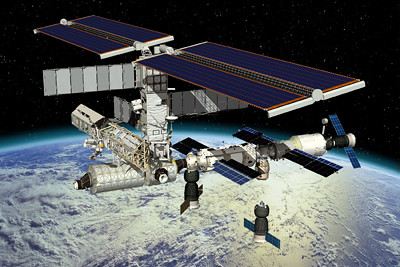
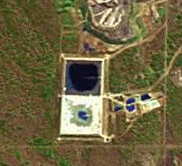 Longtime Really Rocket Science readers will recall our intrepid reporting on the "
Longtime Really Rocket Science readers will recall our intrepid reporting on the "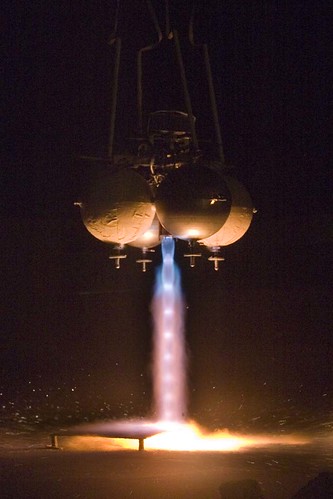
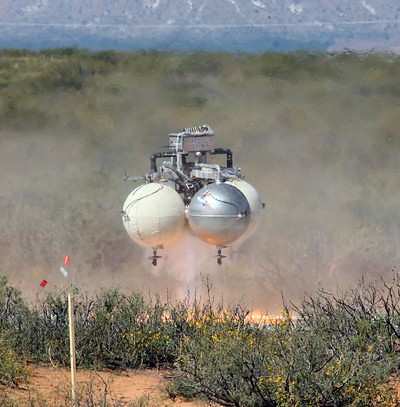
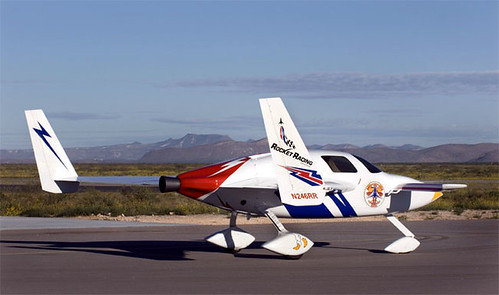
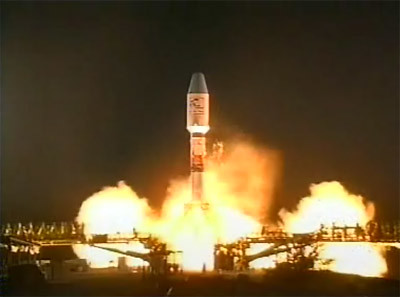

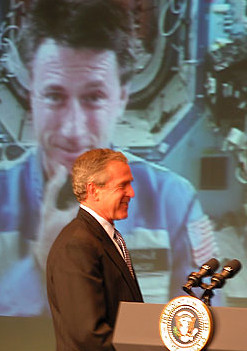
 For readers that haven’t established weekend plans just yet, you might want to consider a quick jaunt out to
For readers that haven’t established weekend plans just yet, you might want to consider a quick jaunt out to 